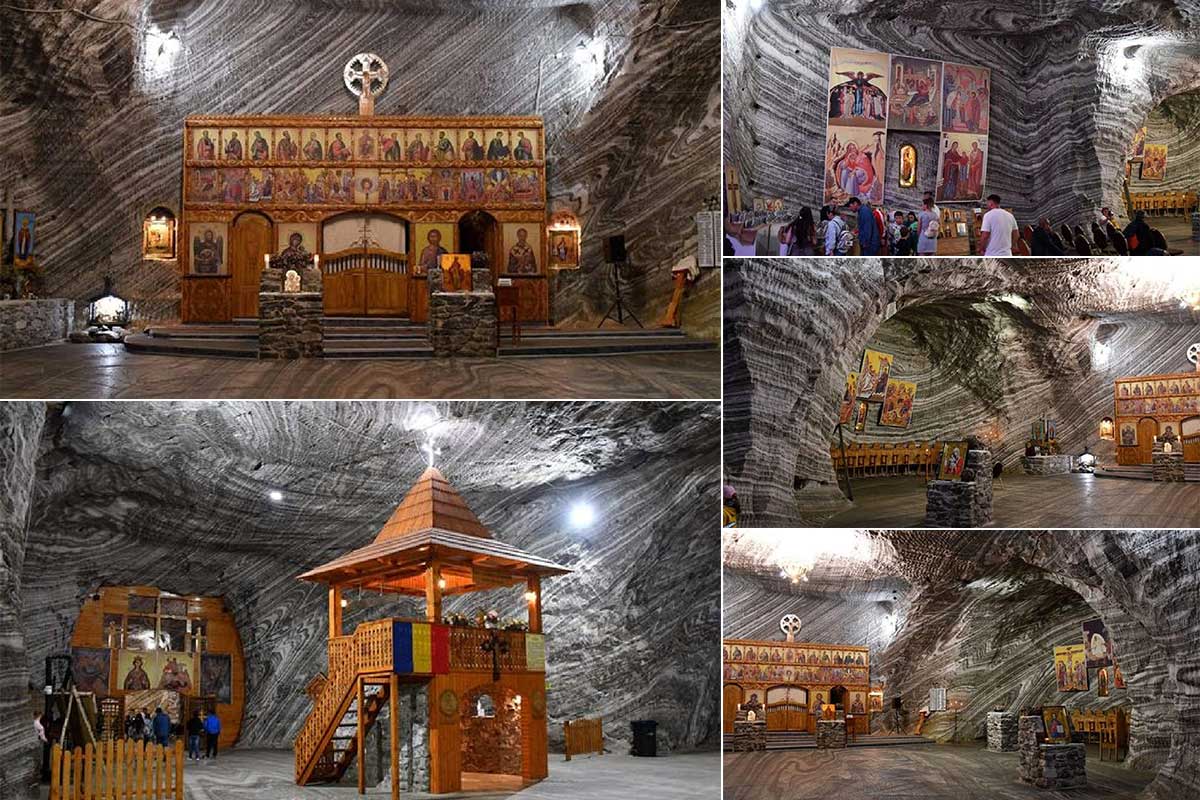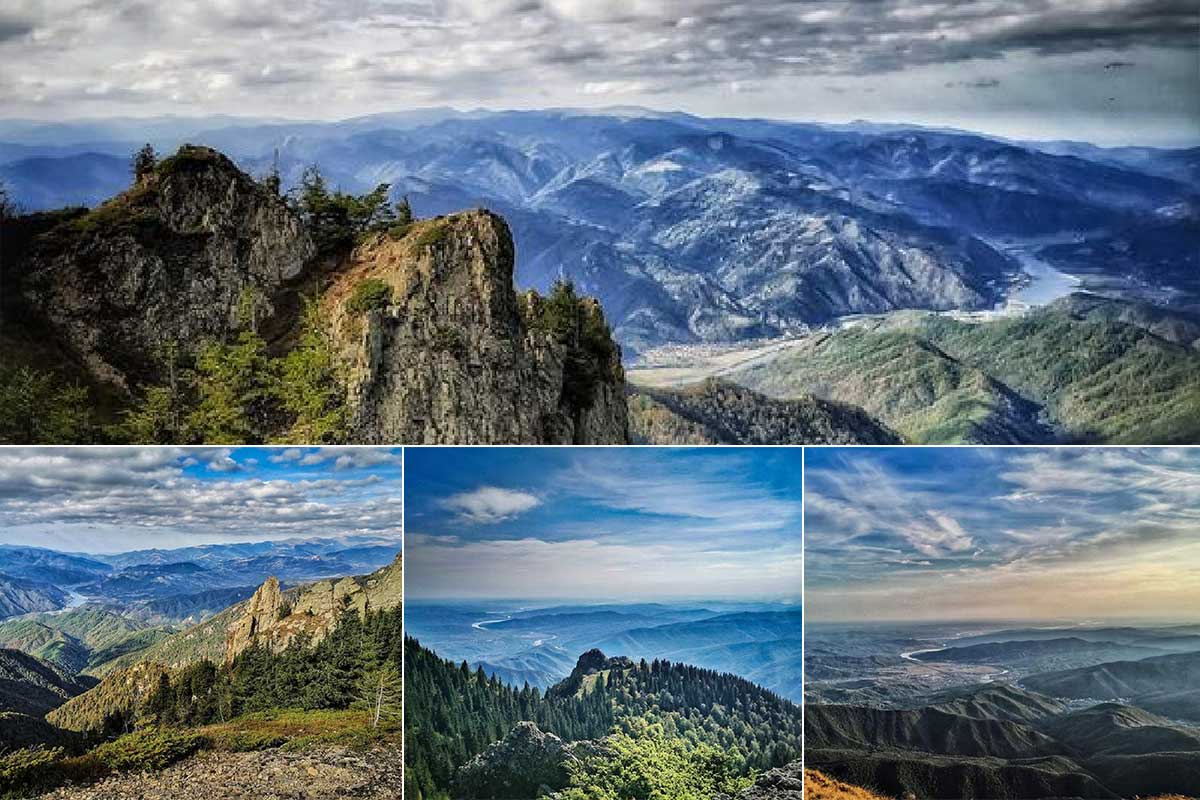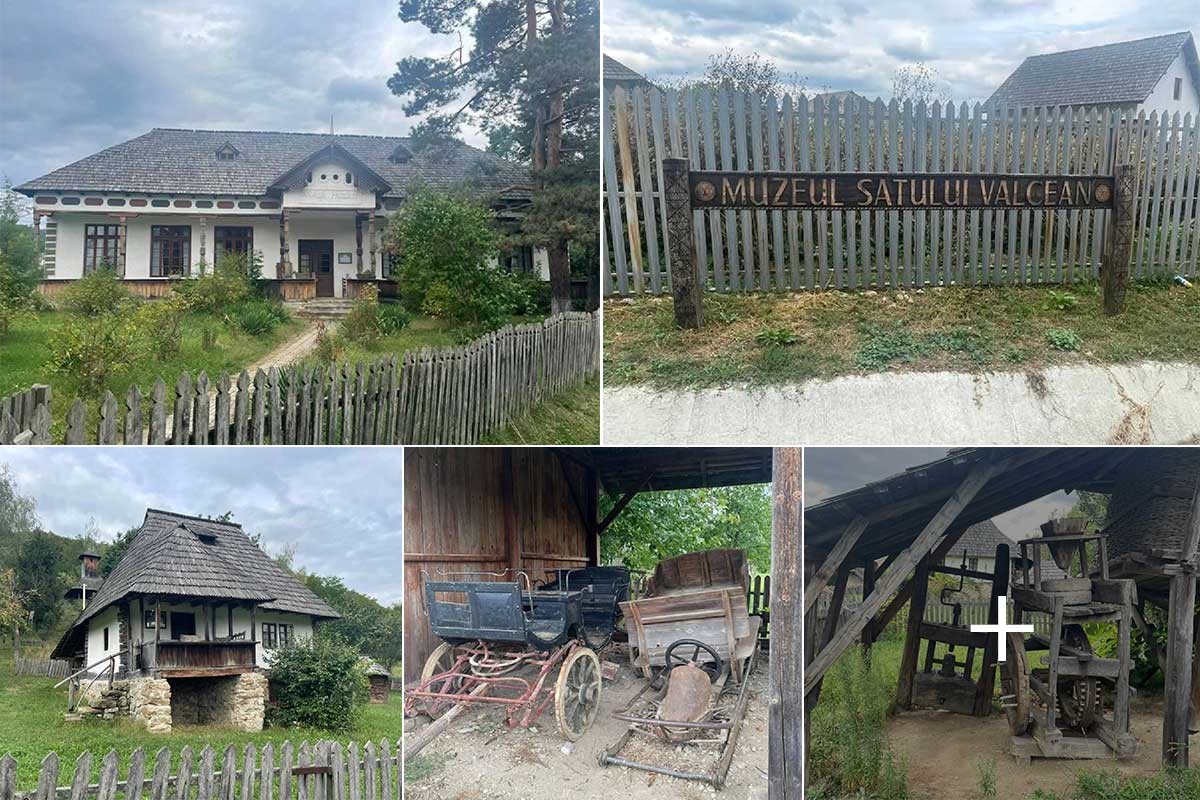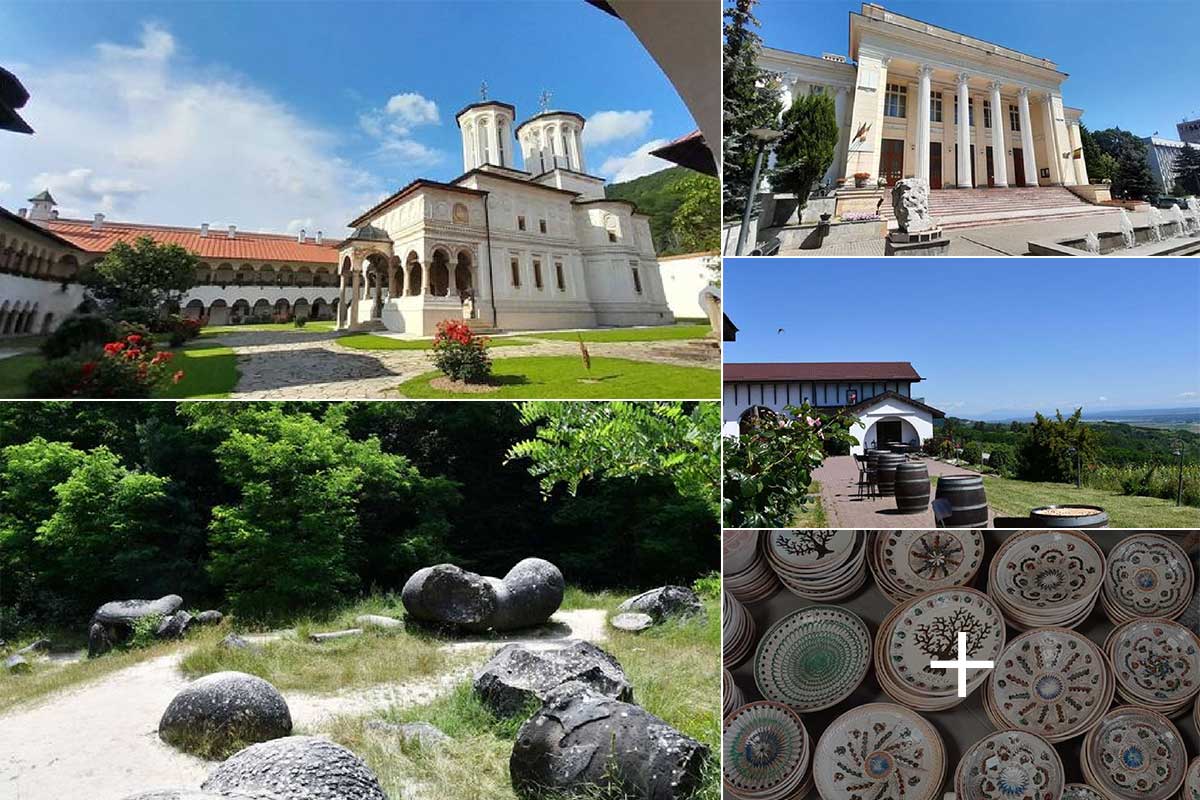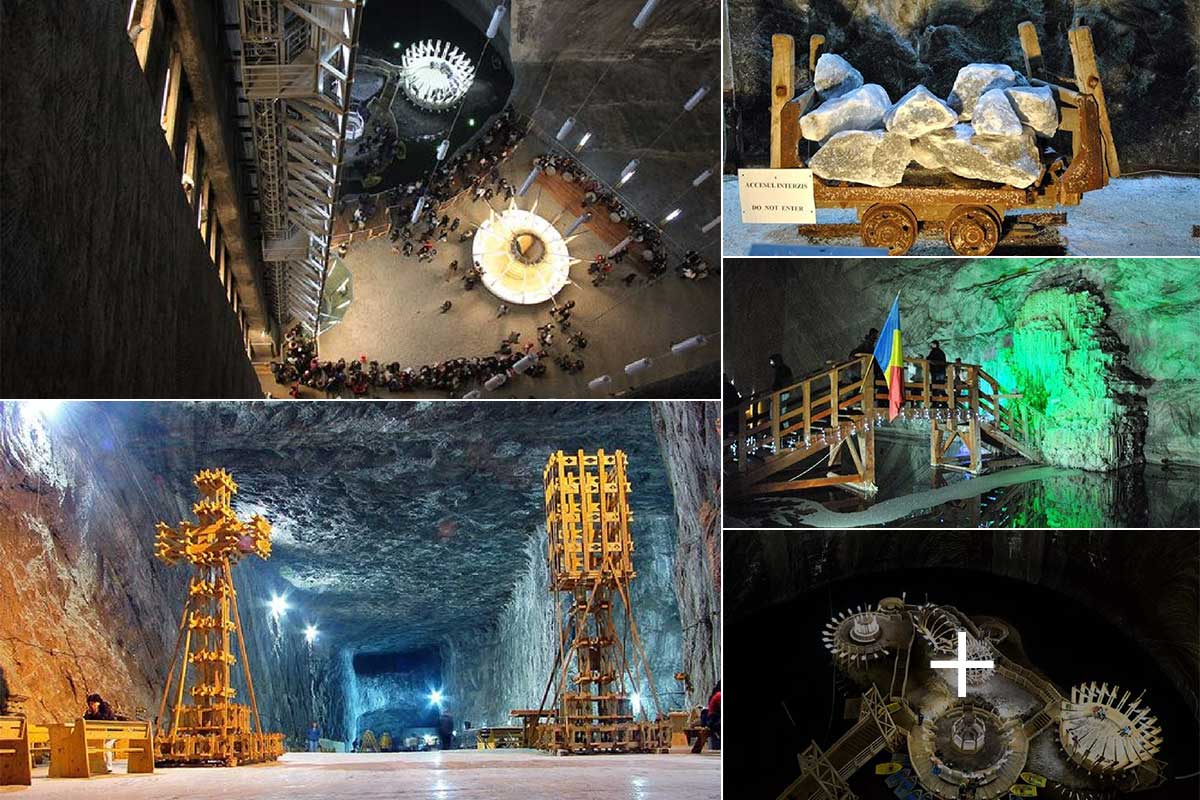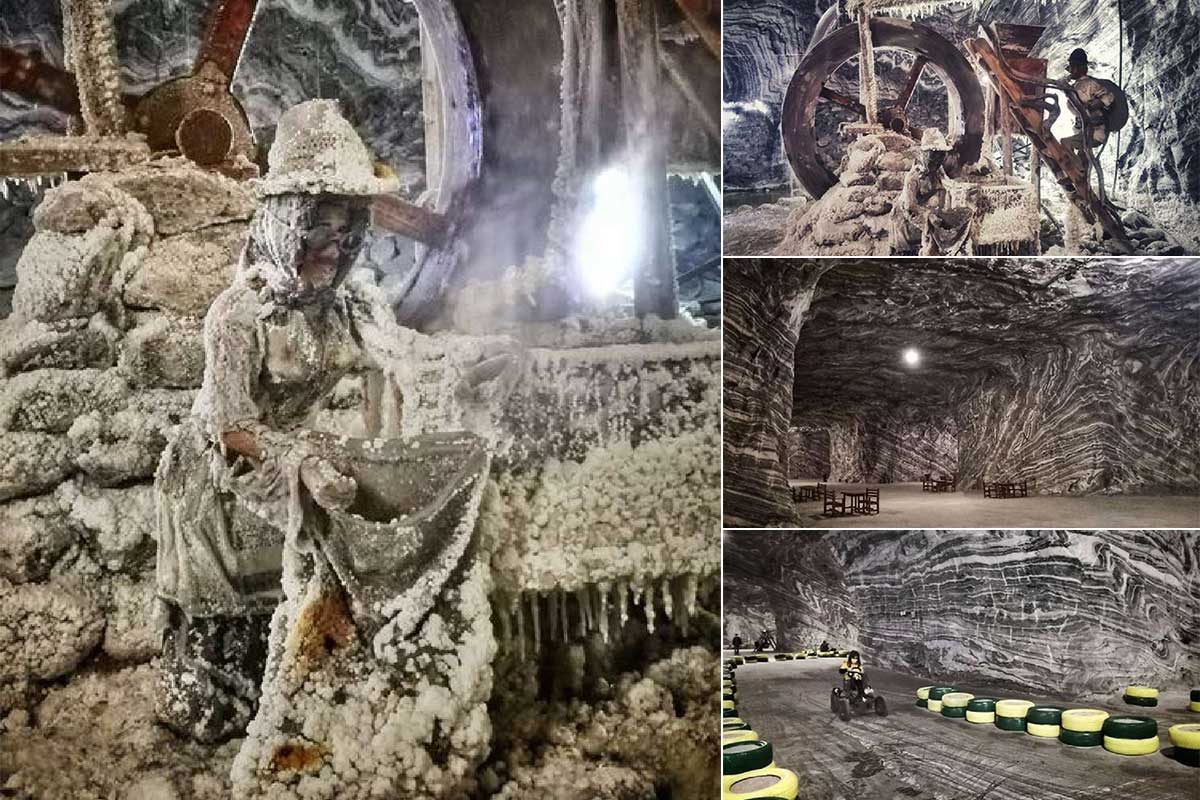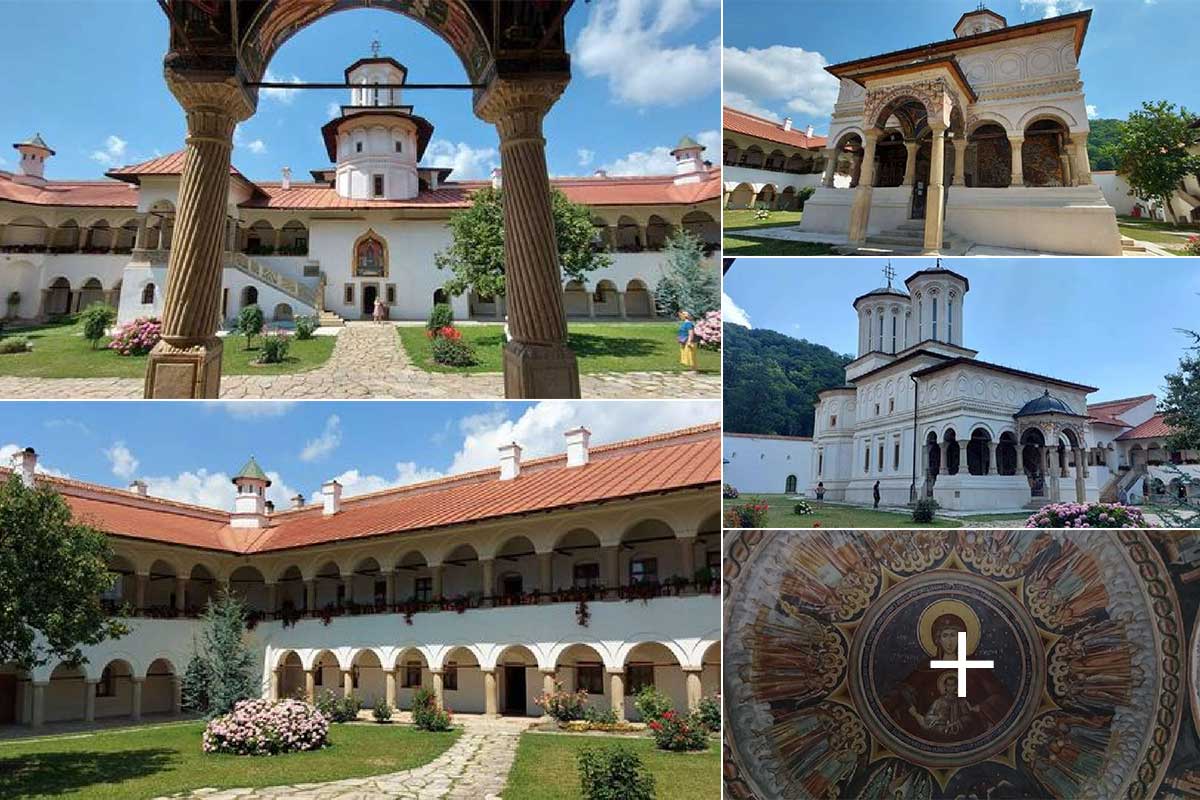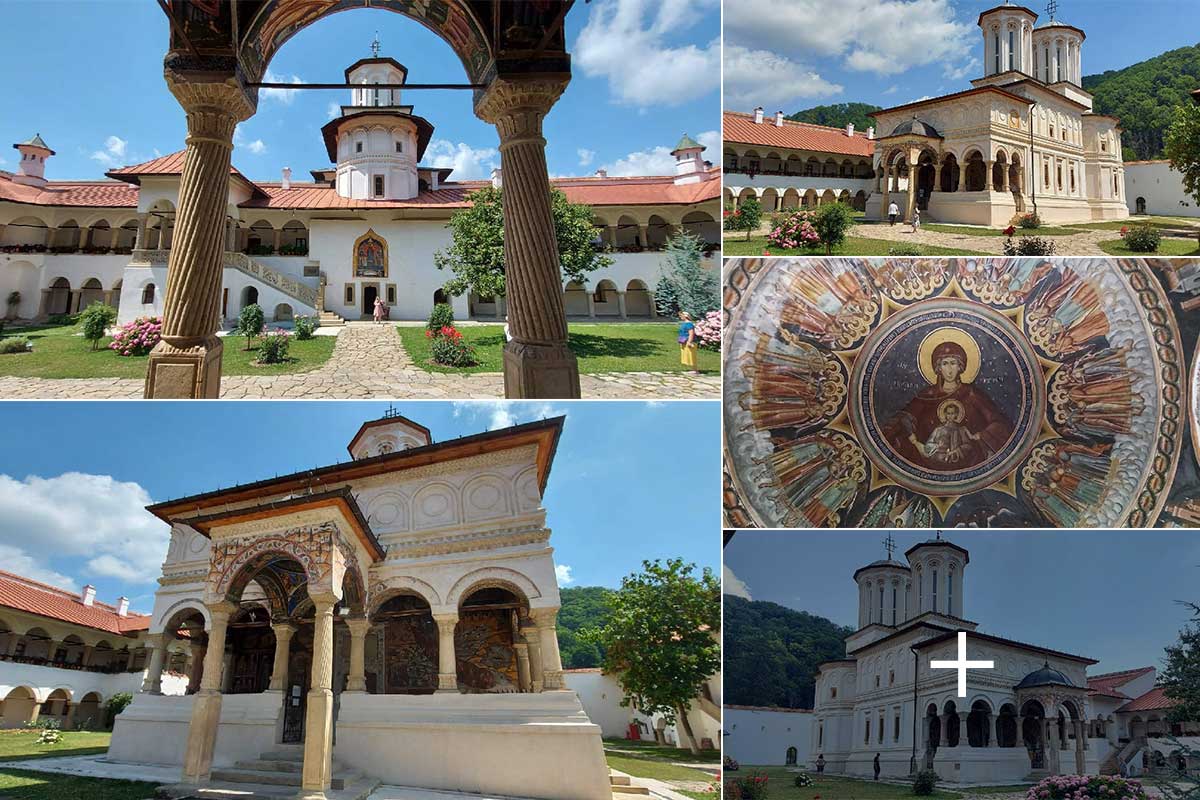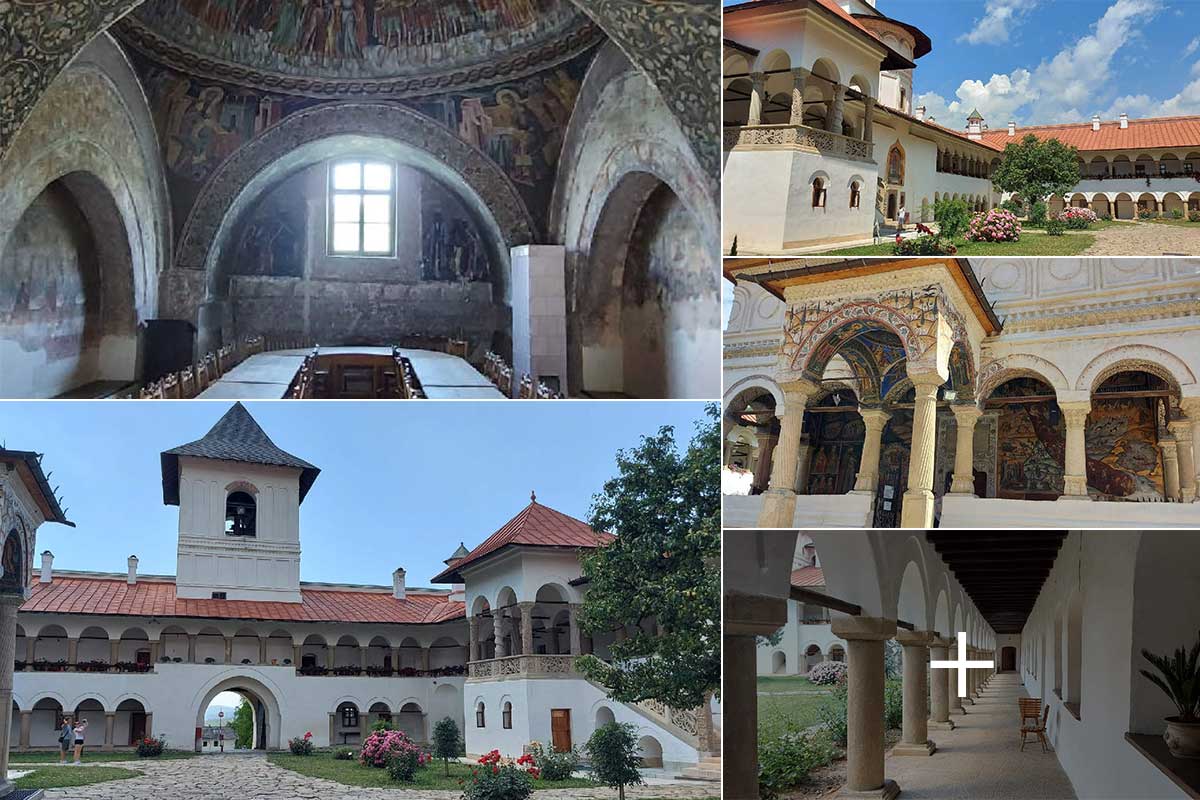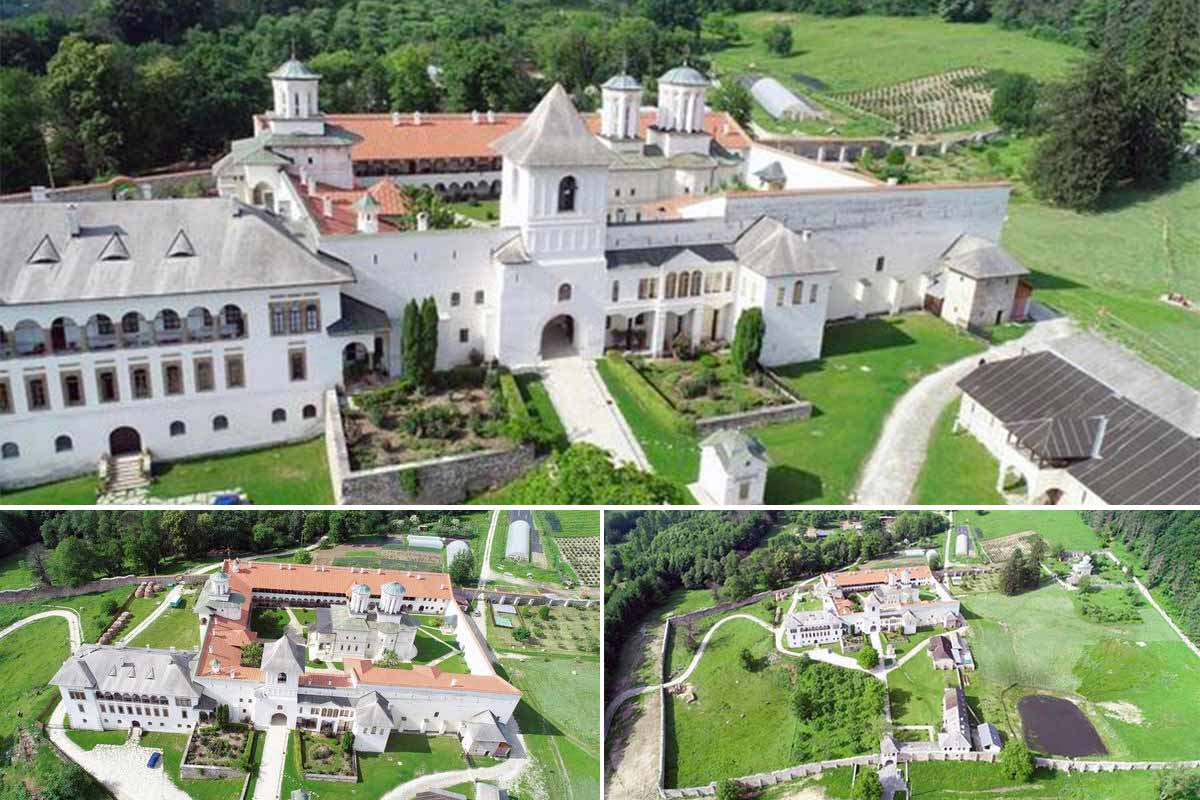Hotel Hanul Vatra is the ideal place for a weekend in the greenery, away from the noise of the big city. For private parties, hiking with friends in the mountains, courses, team building meetings or just for relaxation.
Vatra Inn in Costesti right next to a river and a forest approx. On the other side of Horezu there are rooms, which are also located in a large garden, a sun terrace, a conference center, a restaurant and a bar. Free Wi-Fi. is available. The bright and tastefully furnished rooms offer a flat-screen TV with cable channels and a private bathroom. Some rooms also have a terrace.
Hanul Vatra is now a hotel where you can enjoy tradition and modernity in the middle of the most beautiful nature.
More details
We admire the traces of the craftsman’s effort, the stitching points or the traces of hammer blows – in contrast to the standardized and impersonal, industrially produced objects that surround us at every step today.
For the decorations of Vatra Inn, we had the great chance to find skilled craftsmen in the village: carpenters, blacksmiths, weavers. Thus, our choice was very easy: we combined the authentic furniture, made of solid oak wood with hinges, lamps and hand-forged iron cornices. We dressed the beds with handmade fabrics with local motifs, geometric shapes, in natural colors.
Last but not least, appreciating the mastery of the potters from Horezu, we imitated their way of displaying the plates on the walls – have you discovered them?
Our UiR database: You can also visit and explore this nearby ...
